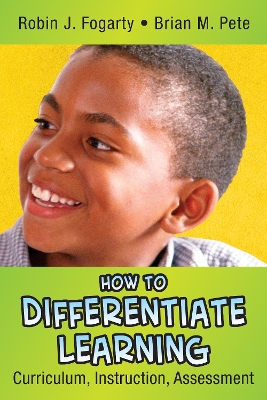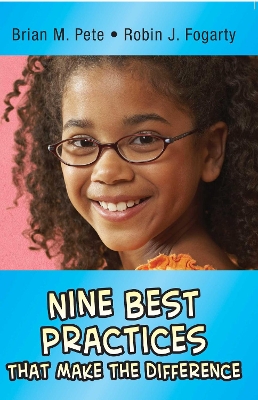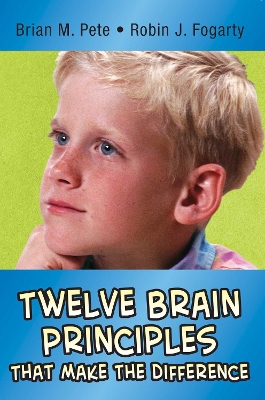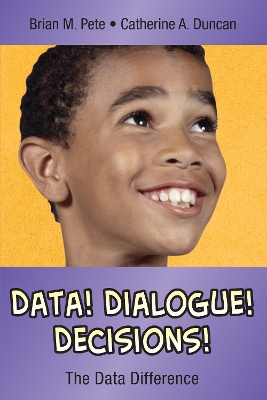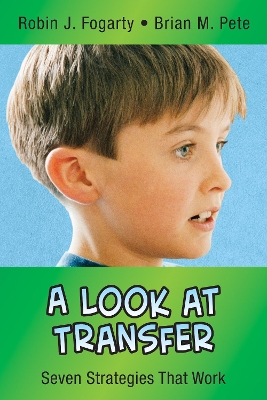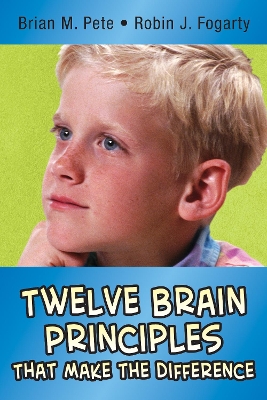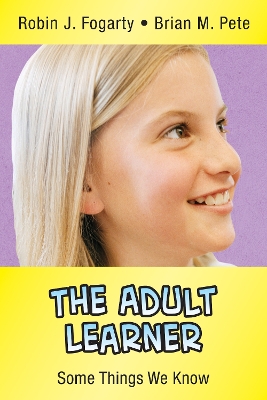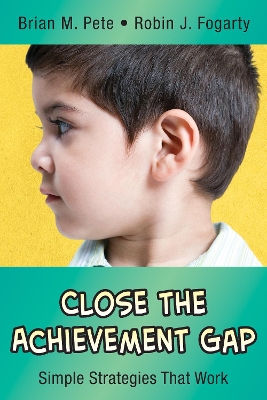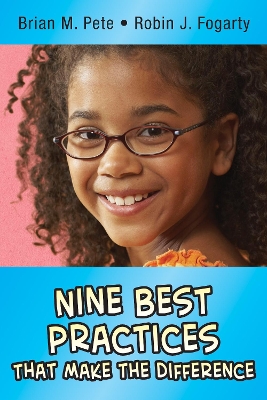In a Nutshell
10 total works
Nine Best Practices that Make the Difference
by Brian M Pete and Robin J. Fogarty
Through a meta-analysis of studies on instructional strategies, they have identified nine families of strategies that significantly increase student achievement. The results of this meta-analysis point educator to a proven pedagogy with teacher-tested, tried-and-true techniques that work to increase student achievement through cognitive and cooperative efforts.
The skills are organized in a 'framework for quality' that includes observable skills in four instructional areas:
- Creating an Environment for Learning,
- Teaching the Standards of Learning
- Structuring Interactions with Learning,
- Reflecting about the Learning.
This is useful reading for anyone who wants to develop as a teacher.
Twelve Brain Principles That Make the Difference
by Brian M Pete and Robin J. Fogarty
They present a unique organization of Renate and Geoffrey Caine's twelve brain principles. The twelve principles are arranged in four specific quadrants. Each quadrant speaks to a particular aspect of the high-achieving classroom and highlights how instructional decisions are governed by the twelve principles. The Table of Contents:
Part One: Climate for Learning
Challenge/Threat: Learning Principle
Emotions/Cognition: Learning Principle
Focused/Peripheral: Learning Principle
Part Two: Skills of Learning
Parts/Whole: Learning Principle
Spatial/Rote: Learning Principle
Parallel Processing: Learning Principle
Part Three: Interactions With Learning
Physiology: Learning Principle
Brain Uniqueness: Learning Principle
Social/Experience: Learning Principle
Part Four: Learning About Learning
Meaning: Learning Principle
Patterning: Learning Principle
Conscious/Unconscious: Learning Principle
Twelve Brain Principles That Make the Difference
by Brian Mitchell Pete and Dr Robin J Fogarty

